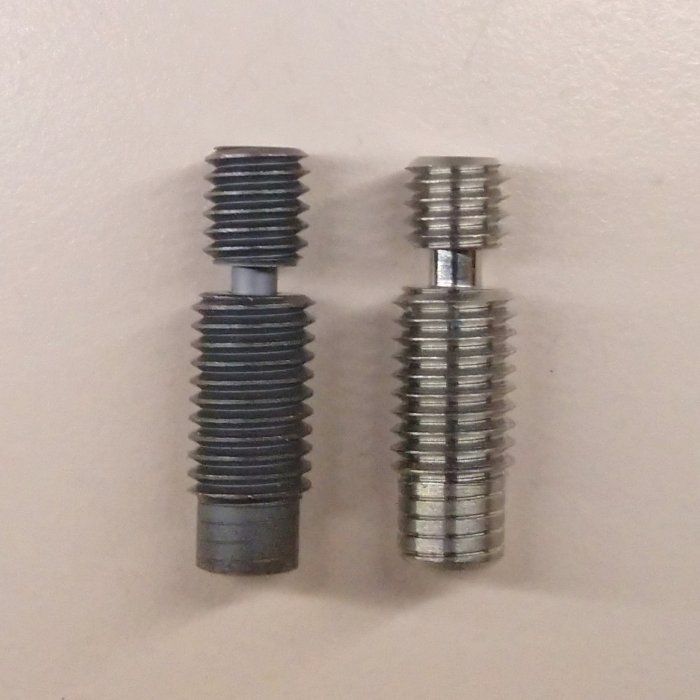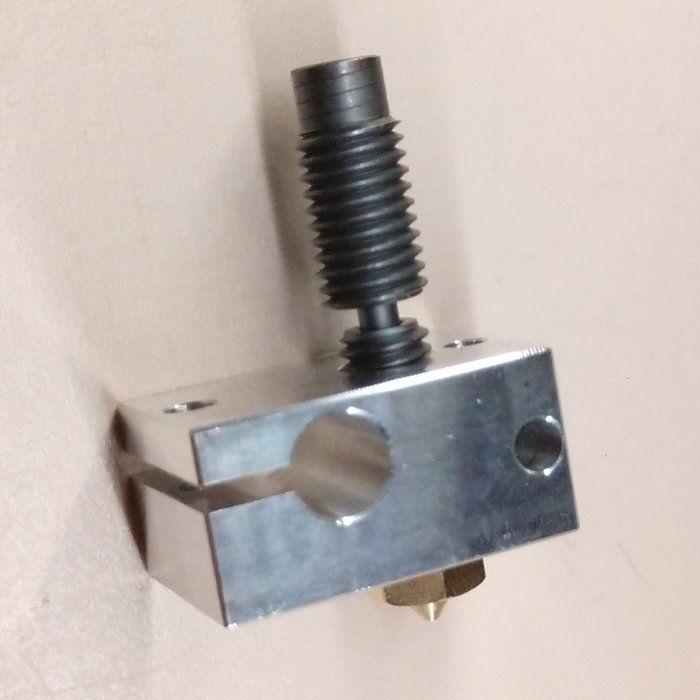One thing I appreciate about the Duet is that you can change most of the motion settings on the fly. If you paste it into the web interface while printing, you can observe the effects immediately without having to start a new print. Then when you have something that works, you can edit config.
I just replaced all of my steppers. Things are still kind of in flux, but the benchy printing right now looks good so far. Here are the relevant lines from my config.g. As you can see, I went down to S1.
M584 X0 Y1 Z2:4 E3 ; set drive mapping
M350 X256 Y256 Z256 E256 I0 ; configure microstepping without interpolation
M92 X2560.00 Y2560.00 Z25600.00 E4298 ; set steps per mm
M566 X1000.00 Y1000.00 Z500.00 E1000.00 ; jerk (mm/min)
M203 X18000.00 Y18000.00 Z1000.00 E3000.00 ; max speed (mm/min)
M201 X2000.00 Y2000.00 Z300.00 E1200.00 ; accelerations (mm/s^2)
M906 X800 Y800 Z1200 E1200 I30 ; set motor currents (mA) and motor idle factor in per cent
M84 S10 ; Set idle timeout
; Pressure advance
M572 D0 S1
Edit: I should say that my extruder max speed probably needs to be reduced, since I'm seeing some missed steps.


